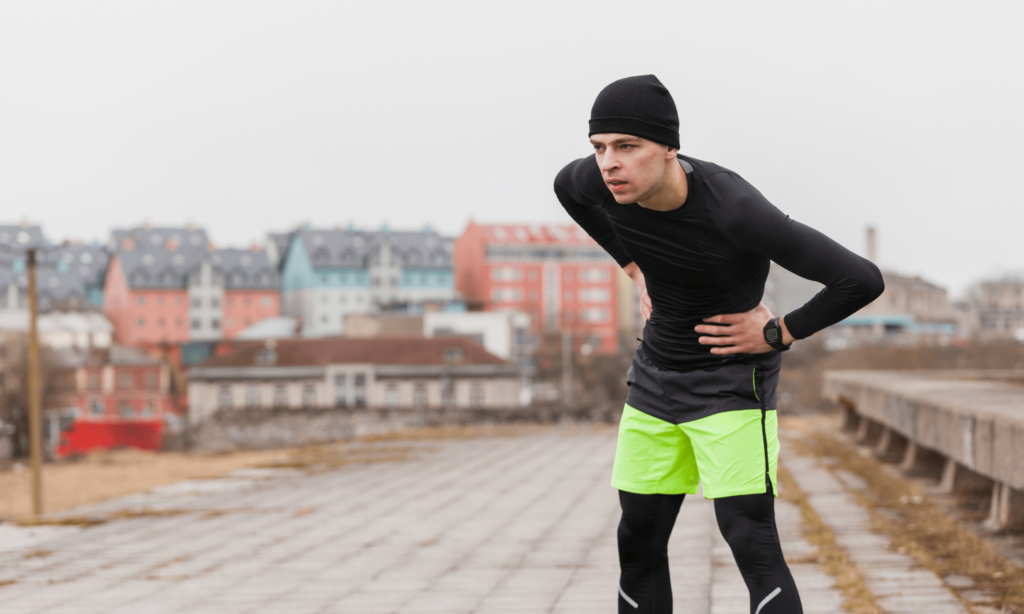Sports hernias are a prevalent yet frequently misunderstood injury among athletes. Unlike traditional hernias, which typically present as a visible bulge, a sports hernia also known as athletic pubalgia involves a tear or strain in the soft tissue of the groyne or lower abdomen. This condition often arises from intense physical activities that require sudden changes in direction, such as in soccer, hockey, or gymnastics.
The symptoms of a sports hernia can be elusive, often resembling those of other injuries. Athletes typically experience chronic groyne pain that worsens with physical activity, particularly during movements like sprinting, twisting, or kicking. Pain may also radiate to the inner thigh, lower abdomen, or the testicles in males. Unlike more common injuries, a sports hernia does not produce an external bulge, which can lead to misdiagnosis. Many athletes mistakenly attribute their discomfort to hip flexor strains, lower back issues, or other conditions.
Accurate diagnosis is essential for effective treatment. A sports medicine specialist will conduct a thorough physical examination, assessing for tenderness in the groyne area and checking for any restricted movements. Imaging tests, such as MRI or ultrasound, can confirm the presence of a tear in the soft tissue. These diagnostic tools help differentiate a sports hernia from other conditions, allowing for a targeted approach to treatment.



Once diagnosed, the treatment for a sports hernia varies depending on the severity of the injury. Initial management typically includes conservative measures such as rest, ice application, and anti-inflammatory medications to reduce pain and swelling. Athletes are encouraged to avoid activities that exacerbate their symptoms, allowing time for healing.
In cases where conservative treatment fails to alleviate symptoms, surgical intervention may be required. The surgical procedure aims to repair the torn tissue and restore stability to the groyne area. Surgeons may use minimally invasive techniques, such as laparoscopic surgery, to minimise recovery time and scarring. After surgery, a structured rehabilitation program is essential for a successful return to athletic activities. This program will typically include gradual reintroduction to physical activities, emphasising core strength and flexibility.
Understanding the connection between a sports hernia and other injuries is crucial for athletes is important. For instance, if an athlete alters their movement patterns due to groyne pain, they may inadvertently put additional strain on other areas, such as the hips, knees, or ankles. This compensatory behaviour can lead to injuries like ankle sprains or even require procedures like ankle ligament reconstruction surgery.
Ankle ligament reconstruction is a surgical option often considered for athletes suffering from severe ankle instability due to prior injuries. The interconnectedness of musculoskeletal injuries highlights the importance of addressing a sports hernia promptly to avoid cascading effects on overall performance and health.
Preventing a sports hernia is possible with a well-rounded training regimen. Athletes should incorporate strength training exercises that focus on the core, hips, and pelvic muscles. Core stability is particularly vital, as a strong core supports the pelvis and reduces the risk of injuries. Flexibility exercises, including dynamic stretching and yoga, can enhance mobility and minimise the risk of strain.
Proper warm-up routines before training and competition are also crucial. A warm-up should include dynamic stretches and sport-specific movements to prepare the muscles and joints for the demands of the activity. Additionally, athletes should pay close attention to their body mechanics, ensuring they maintain proper form during exercises and competition to reduce undue stress on the groyne area.
Sports hernias are a significant concern for athletes that require a proper understanding and treatment approach. By recognizing the symptoms, seeking an accurate diagnosis, and following effective treatment strategies, athletes can successfully manage this injury and return to their sport stronger than before. Awareness and proactive measures, including a focus on prevention and rehabilitation, can make all the difference in ensuring long-term health and optimal performance. As athletes prioritise their training, they must also prioritise their body’s signals and the importance of seeking expert guidance when injuries arise.
Elevate your performance with Apex Sports Clinic! Schedule an appointment today for personalized, expert care in optimizing your athletic potential.


